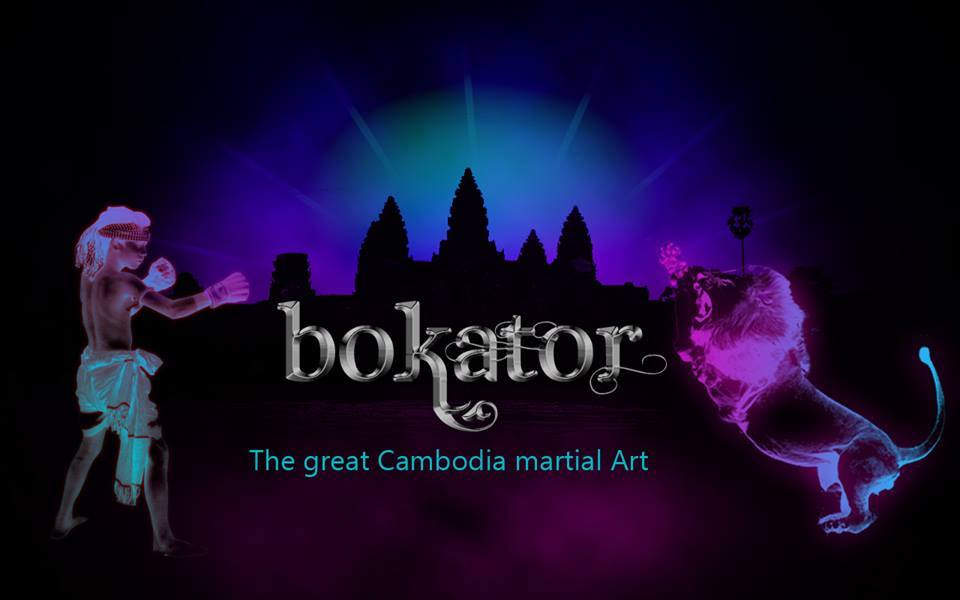There are two sculptures next to each other at the ANM which have been identified as the god Vishnu-Narayana.
Sculptures from Angkor National Museum:
There are two sculptures next to each other at the ANM which have been identified as the god Vishnu-Narayana. The preserver god had numerous aspects or identities, each of which had a different name. Narayana refers to the supreme god as the cause of the evolution of matter and sound, often identified with floating on the primeval waters and with his wife Lakhsmi, while carrying the attributes or symbols that most Vishnu statues hold in his four hands, signifying his role as divine creator and protector of the world, as the following: conch (war trumpet), discus (weapon), sphere/orb (preserver of the universe) and a club or mace (strength in body and mind). Exactly why these two artworks have been specifically recognized as Narayana, I’m not sure. The first is a standalone four-armed Vishnu that was discovered at Prasat Suor Prat, a series of twelve towers on the eastern side of the royal square in Angkor Thom. The towers were constructed in the 13th century and cleared by EFEO’s Henri Marchal in 1919-20. A series of standing sculptures of the Hindu god were found during the excavations. With three of his arms broken, a fourth, holding a conch shell, has been repaired and re-affixed. His attractive facial features and single-anchor sampot (both front and rear) with a wide-patterned belt suggest a date from the Bayon period of Jayavarman VII (late 12th, early 13th century). His braided hairstyle appears damaged with a series of beads that would’ve likely been topped with a round bun.
The second sculpture is a sandstone stele with a high relief carving of a standing Vishnu-Narayana, originally found near Prasat Ta Keo in the Angkor complex and dated to the late 12, early 13th century. He’s wearing a diadem and tall chignon headdress, pendant earrings, jewelry in the form of a heavy necklace, arm bangles and bracelets, and has a typical Bayon art style anchor motif on his short sampot. Unfortunately, the only attribute he’s managed to retain undamaged is his conch in his upper left hand. The stele was previously held in storage at the Angkor Conservation depot before the Siem Reap-based museum opened in 2007. There is no indication of when it was initially re-discovered at Prasat Ta Keo. A word of thanks to the ANM for allowing mobile phone photography at the museum, as it’s a great way to allow visitors to take home memories of their visit and to promote the museum collection far and wide. I was also mightily-impressed with the museum layout and the sheer volume of information provided about the exhibits and the history timelines.
About Me
I have graduate from BUILD BRIGHT UNIVERSITY(BBU) AND PREAH SIHANOUK RAJA (SBU) I work at Khmer Plus Computer Address: #156BE, St.63 (Trasak Phaem), Sang kat Chaktomok, Khan Daun Penh, Phnom Penh And Much More... Hey..My name is Thol Un Welcome To my site! Hope it will help you! Nice to know you! Indroduce My Self -My name is Thol un.I come from Kompong cham Province -Now I am staying at Langka pagoda .I have graduated from Build Bright University -My Major is Information and Network Technology -I am Working at Khmer Plus Computer -I want to get experience From your Company and develop your Company to be More Successful forever
Thanks for Support
Copyright©️:2021 All Rights Reserved. @Mr. Thol Un Hi every body, In this video I want show about the people success with Website, All This The Result From Website Partnership. Make money online speak Khmer: Please Followers My Website to Get More Videos!! Giving Dharma Is Better Than Giving Things!! Thanks for Support My Website !! This Website is created for the purpose of spreading the Entertainment Cambodia and other History Khmer, Dharma Khmer, Cooking Khmer by posting videos in Website Blogger or Blogspot YouTube and Facebook Page. Thanks and thanks for the support for this Website ..! Thanks For watch all this Website !❤ Like ✅Share ☑️ Comment❤ Kindly donate to the ABA Bank : ❤Thol Un❤ ❤001885833❤
















